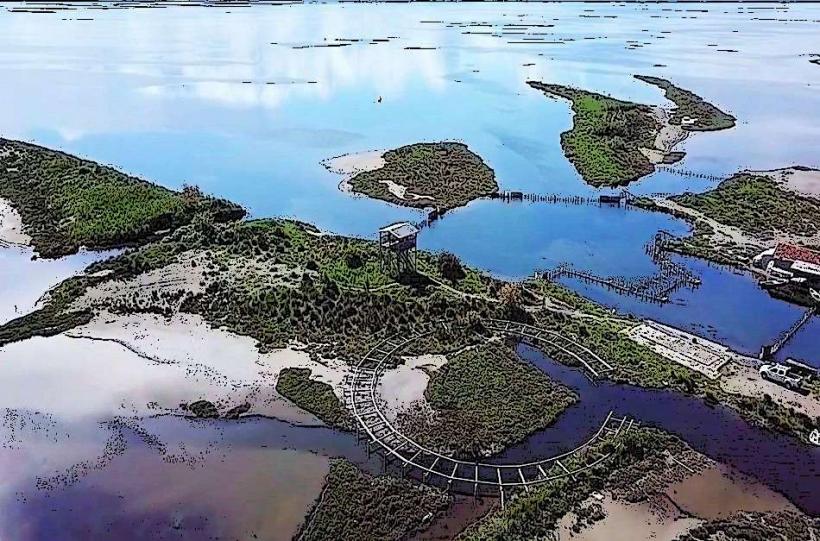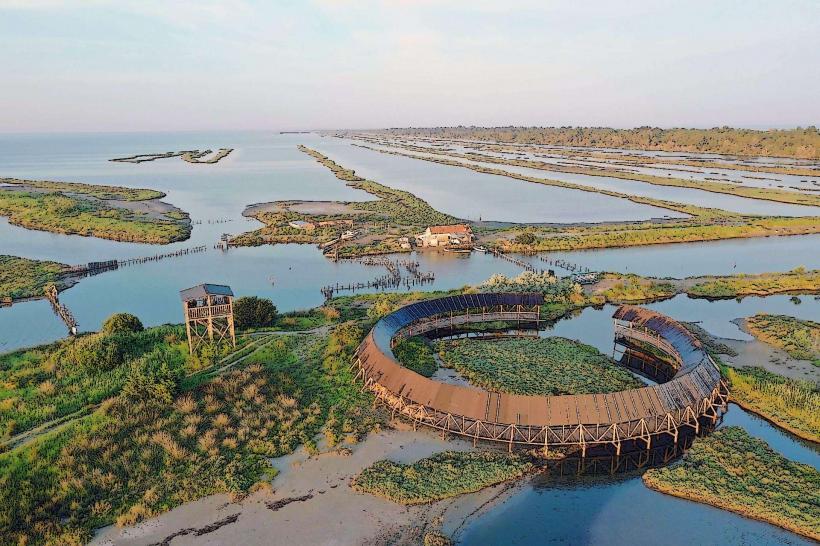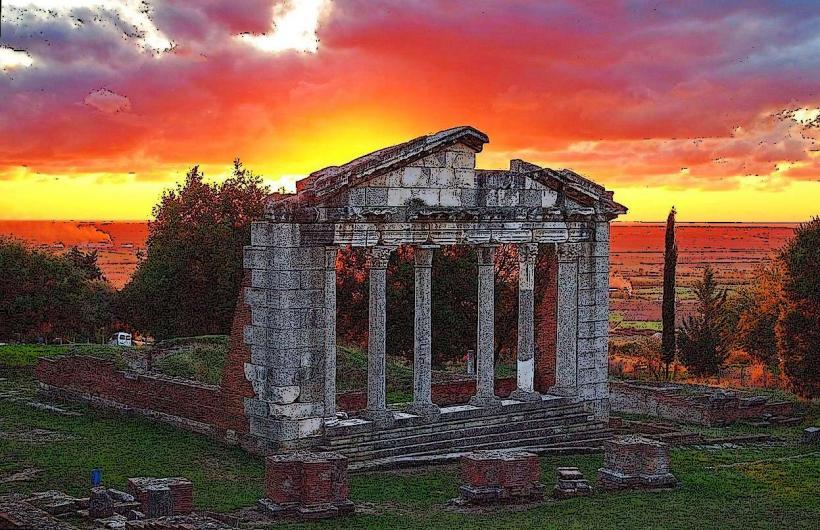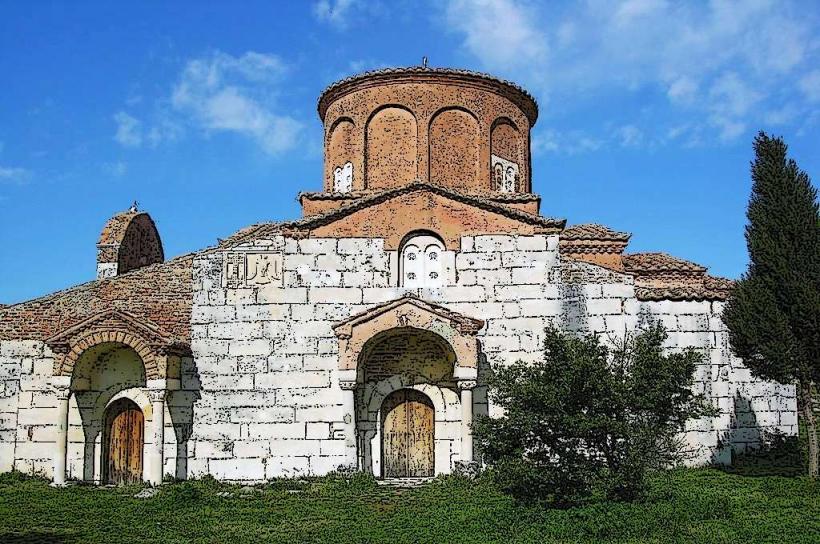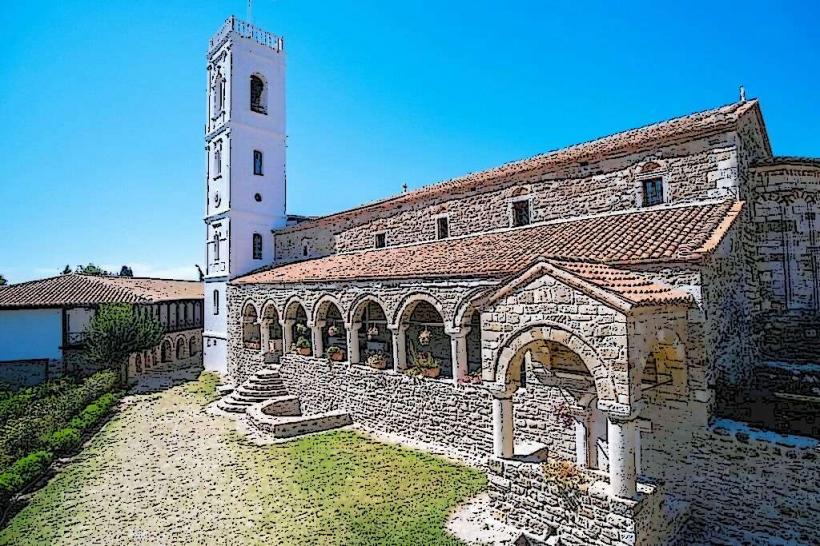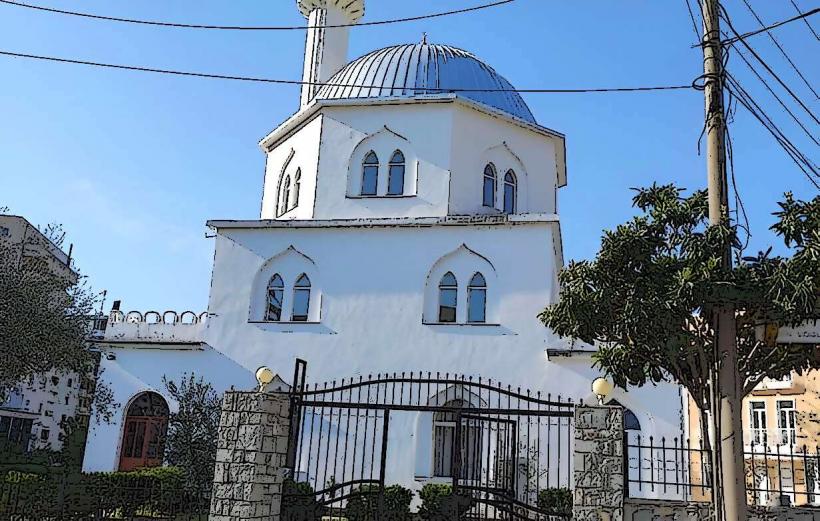Information
Landmark: Fier MosqueCity: Fier
Country: Albania
Continent: Europe
The Fier Mosque (Albanian: Xhamia e Fierit) is an important religious and cultural landmark located in the city of Fier, in southwestern Albania. This mosque is a symbol of the city’s rich historical and spiritual heritage, reflecting the Ottoman influence in the region.
Overview of the Fier Mosque
Location:
The mosque is centrally located in the city of Fier, making it an easily accessible place of worship and a prominent feature of the urban landscape. It is near the city's main areas, allowing locals and visitors to observe its beauty and importance.
Historical Background:
- The Fier Mosque was constructed during the Ottoman era, reflecting the architectural and cultural styles brought by Ottoman rule in Albania, which lasted for several centuries.
- Like many mosques in Albania, it served as both a religious and community center, where people gathered for prayers and social interaction.
- Over the years, the mosque has undergone restorations to preserve its structure and historical significance, particularly after the Communist regime suppressed religious practices and damaged many religious buildings.
Architecture:
- Ottoman Style: The mosque is an excellent example of Ottoman Islamic architecture, characterized by its single dome, minaret, and use of decorative elements such as intricate patterns and calligraphy.
- Minaret: The slender and tall minaret is a key feature of the mosque, used traditionally for the call to prayer. Its design emphasizes elegance and simplicity.
- Interior: The interior is adorned with Islamic motifs, including geometric patterns, floral designs, and calligraphic inscriptions from the Quran. The prayer hall is spacious, with carpets covering the floor and a mihrab (niche indicating the direction of Mecca) at the front.
Religious Significance:
The Fier Mosque is an active place of worship for the city’s Muslim population. It holds daily prayers, Friday congregational prayers, and special services during Ramadan and Eid celebrations.
Role During Communism:
During the Communist era in Albania (1944–1991), religion was officially banned, and many mosques, churches, and other religious institutions were either destroyed or repurposed. The Fier Mosque, like others, suffered neglect but was eventually restored and reopened after the fall of communism.
Cultural and Social Role:
- The mosque is not just a religious site but also a hub for the local Muslim community. It often hosts educational programs, including Quranic studies and cultural events, helping to preserve Islamic traditions and teachings.
- It stands as a symbol of religious tolerance in Albania, where Islam, Orthodox Christianity, and Catholicism coexist peacefully.
Visiting the Fier Mosque
- Open to Visitors: While primarily a place of worship, the mosque is open to visitors who wish to admire its architecture or learn more about the local Islamic culture. Visitors are encouraged to dress modestly and respect prayer times.
- Photography: Taking photos of the mosque's exterior is allowed, but visitors should seek permission before photographing the interior, especially during prayer times.
Conclusion
The Fier Mosque is a testament to the Ottoman architectural legacy in Albania and the enduring spiritual traditions of the Muslim community in Fier. Its historical and cultural significance makes it a key landmark for anyone visiting the city, offering insight into the region's religious heritage and Albania's broader history of coexistence and resilience.

